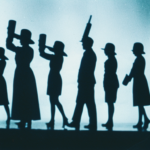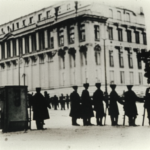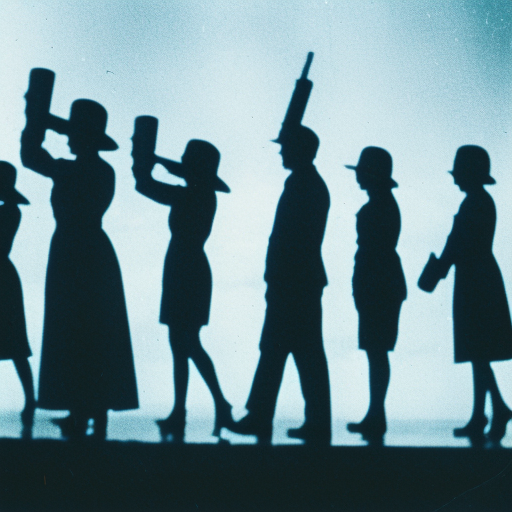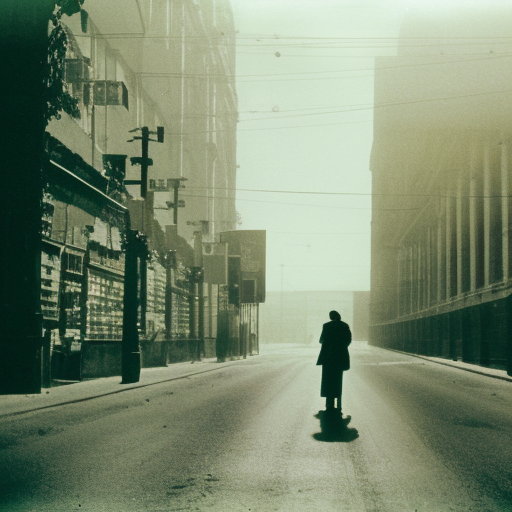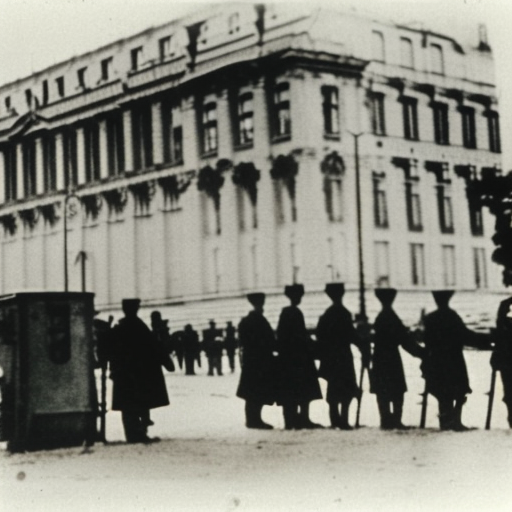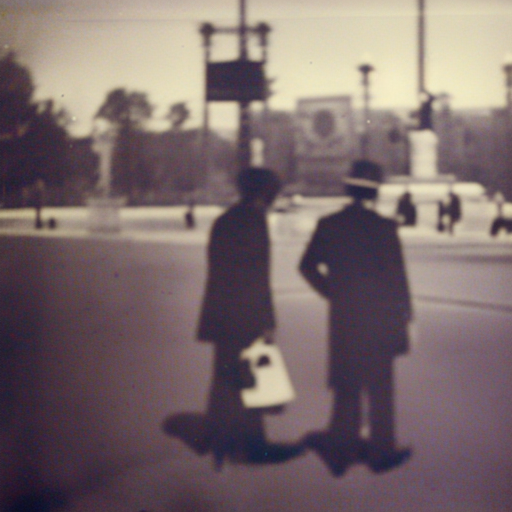The New Economic Policy (1921-1928)
The New Economic Policy (NEP) was a set of economic reforms implemented in the Soviet Union from 1921 to 1928. It was introduced by the Bolshevik government under the leadership of Vladimir Lenin as a response to the economic crisis and social unrest that followed the Russian Revolution of 1917.
Background:
After the Bolsheviks seized power in 1917, they faced numerous challenges, including a devastated economy, food shortages, and a civil war. The War Communism policy, implemented from 1918 to 1921, aimed to centralize control over the economy and redistribute resources to support the war effort. However, it resulted in widespread famine, economic collapse, and popular discontent.
The NEP:
Recognizing the need for a change in economic policy, Lenin proposed the NEP at the Tenth Party Congress in March 1921. The NEP aimed to restore economic stability, encourage agricultural production, and attract foreign investment. It represented a temporary retreat from the strict central planning of War Communism and allowed for limited market mechanisms.
Key Features:
1. Peasants: The NEP allowed peasants to sell their surplus agricultural produce on the open market, instead of being forced to give it all to the state. This motivated peasants to increase production, leading to a gradual recovery in agricultural output.
2. Private Enterprise: The NEP allowed for the reintroduction of private trade and small-scale private industry. Small businesses, known as “NEPmen,” emerged, engaging in trade, manufacturing, and services. This helped revive the economy and provided opportunities for entrepreneurship.
3. Foreign Investment: The NEP encouraged foreign investment in Soviet industries. Joint ventures with foreign companies were established, particularly in sectors such as mining, oil, and heavy industry. This infusion of capital and expertise helped modernize Soviet industries.
4. State Control: While the NEP allowed for some private enterprise, the state retained control over key sectors of the economy, such as heavy industry, transportation, and banking. Large-scale industry remained under state ownership and control.
5. Tax Reforms: The NEP introduced a tax system based on monetary transactions rather than requisitioning of goods. This provided an incentive for economic activity and facilitated the growth of a money-based economy.
6. Political Stability: The NEP helped stabilize the country politically by reducing social unrest and improving living conditions. It allowed the government to consolidate its power and focus on rebuilding the country after years of war and revolution.
Results and Impact:
The NEP brought about significant improvements in the Soviet economy. Agricultural production increased, and famine conditions were alleviated. Industrial output also grew, with foreign investment playing a crucial role in modernization. The NEP helped restore a degree of economic stability and improved the standard of living for many Soviet citizens.
However, the NEP was not without its critics. Some within the Communist Party saw it as a retreat from socialist principles and a return to capitalism. Others criticized the growing wealth disparity and the emergence of a new class of entrepreneurs.
In 1928, Joseph Stalin, who had succeeded Lenin as the leader of the Soviet Union, announced the end of the NEP and the introduction of a more centralized economic model known as the Five-Year Plans. This marked a shift towards rapid industrialization and collectivization, with the state taking control of agriculture and industry.
In conclusion, the New Economic Policy (1921-1928) was a set of economic reforms introduced by Lenin’s Bolshevik government in response to the economic crisis following the Russian Revolution. The NEP allowed for limited market mechanisms, private enterprise, and foreign investment while retaining state control over key sectors. It brought about improvements in agricultural and industrial production and stabilized the country politically. However, it was eventually replaced by a more centralized economic model under Stalin.



